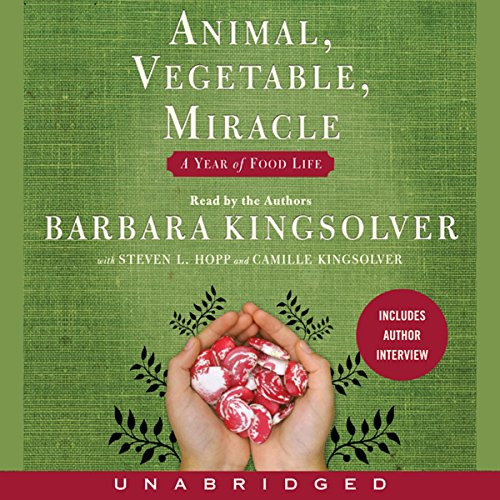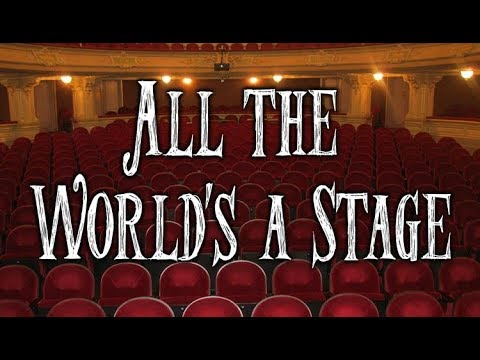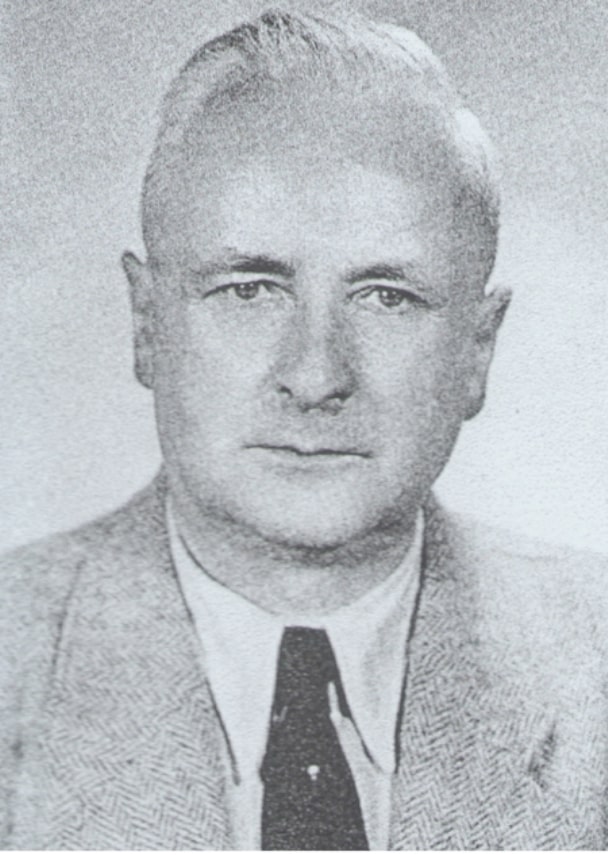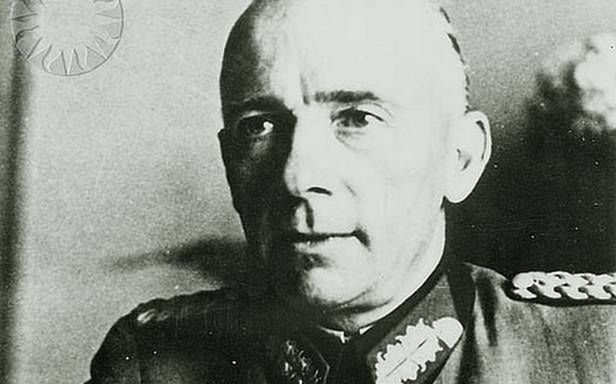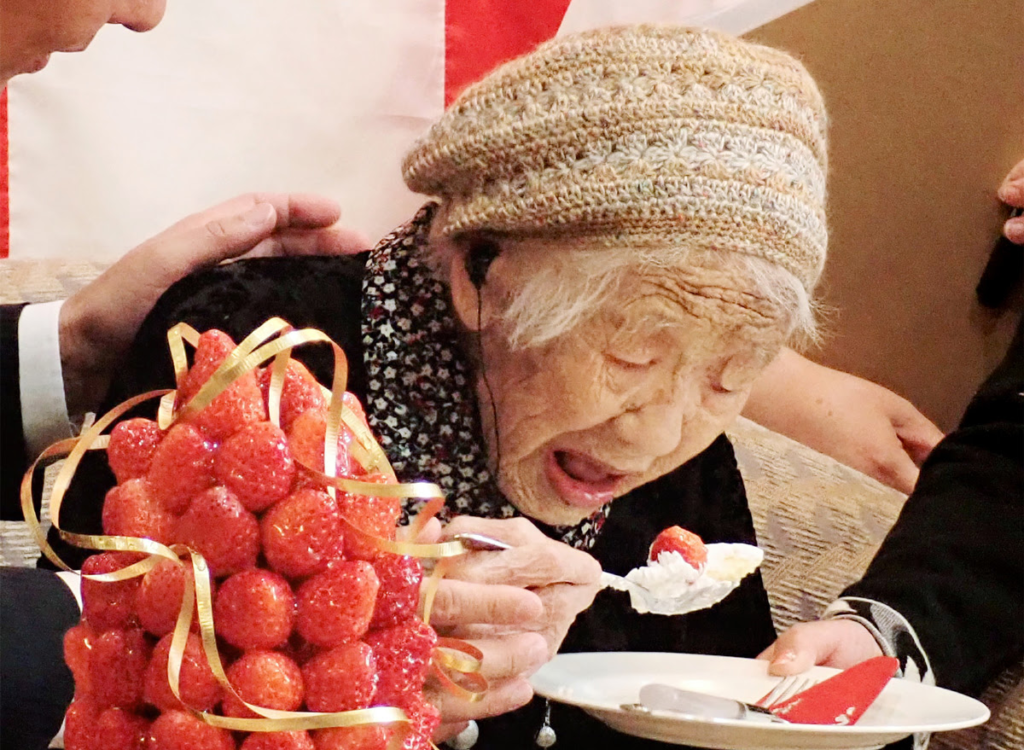
Blue Zone is a concept used to identify a demographic and/or geographic area of the world where people live measurably longer lives. The concept grew out of demographic work done by Gianni Pes and Michel Poulain, who identified Sardinia’s Nuoro province as the region with the highest concentration of male centenarians. As the two men zeroed in on the cluster of villages with the highest longevity, they drew concentric blue circles on the map and began referring to the area inside the circle as the Blue Zone.
Dan Buettner identifies longevity hotspots in Okinawa; Sardinia; Nicoya; Icaria; and among the Seventh-day Adventists in Loma Linda, California, and offers an explanation, based on empirical data and first hand observations, as to why these populations live healthier and longer lives.
Kane Tanaka was a Japanese supercentenarian who, until her own death at the age of 119 years and 107 days, was the oldest living person following the death of Chiyo Miyako
on 22 July 2018. She was the…
 Blessings!
Blessings!Lived Jan 02, 1903 · Fukuoka Prefecture, Japan
SpouseHideo Tanaka (1922 – 1993)
ParentsKumakichi · Kuma Ota
Kane Tanaka – Bing video was the oldest person in the world
when she passed away at the age of 119.
Died: Tuesday, April 19, 2022. (Who else died on April 19?)
Details of death: Died in Japan at the age of 119.
We invite you to share condolences for Kane Tanaka in our Guest Book.
World’s oldest person
Kane Tanaka was born in 1903 and married a rice shop owner at the age of 19.
She worked in the family store until she was 103. Her great-granddaughter Junka Tanaka set up a twitter account to celebrate her amazing life which included photos of her great-grandmother eating cake and drinking soda pop. Her family said she kept herself active
by doing math problems and staying curious.
She lived through many events including the 1918 flu pandemic and the current Covid-19 pandemic. along with two world wars. Kane Tanaka, a Japanese woman who was certified by the Guinness Book of World Records as the world’s oldest person, passed away on April 19th, as confirmed by her daughter today. Tanaka, who turned 119 earlier this year, was three years shy of the record for oldest person ever, Jeanne Louise Calment, who passed at 122 years of age in 1997.
(To put her age in perspective, Tanaka was born in 1903: the same year that the Wright brothers flew the world’s first successful flight.)
It almost always comes with the territory that the longest-living people in the world are begged for their secrets: What does a typical day look like? How do you keep busy? But perhaps the most common question posed to centenarians is, “what do you eat in a day?“
Tanaka was a big fan of these sweet foods.
This automatically brings up the question, what is the secret behind the longevity of the world’s oldest living person. Luckily, we have found the answer to it.
And we are sure, the answer will take you by surprise. In an interview conducted by Japan National Tourism Organization in 2020, Tanaka stated, “I think the secret to long life is to do the things that you like. Eating the things I like, doing the things I like, I’ve been able to enjoy each and every day.”
When asked further, “When we say ‘longevity’ or ‘live long’, we automatically think of healthy eating. But what are the things that you, as the oldest living person in the world, can’t resist?” Kane Tanaka promptly replied that they would be “fizzy drinks (especially Coca Cola), coffee and chocolate”.
“My favorite things are fizzy drinks (especially Coca-Cola), but also coffee and chocolate,” she told the organization when asked to introduce herself to their readers. “There isn’t actually really anything I don’t like,” she added.
When asked about the things that she, as the oldest living person in the world, can’t resist, the supercentenarian couldn’t help but underscore her love for sweets, again mentioning, “that would be fizzy drinks, coffee, and chocolate for me!”
RELATED: 3 Foods the World’s Oldest Person Ate Every Day
She certainly practices what she preaches!
When Guinness World Records certified her as the world’s oldest person in 2019, Kane was given a box of chocolates during the presentation ceremony, which she immediately opened. After the ceremony when she was asked how many chocolates she wanted to eat today, she replied “100.”
Kane also enjoyed a cake with cream and strawberries at the ceremony.
And Tanaka’s love of fizzy drinks was on full display on her birthday this past year.
Coca-Cola sent her commemorative bottles of their bubbly beverages for her 119th birthday that were personalized with her name and age on them, her daughter tweeted.
Although sweets top the list of Tanaka’s go-to foods, the takeaway here shouldn’t be to load up on sugary foods if you want to live to be over 100. Rather, it’s to enjoy the things you like.
When asked what she thought the secret to a long life is, Tanaka said it was “to do the things that you like,” continuing, “eating the things I like, doing the things I like, I’ve been able to enjoy each and every day.” She also attributed her long life to playing Othello, the board game, doing math’s puzzles, and talking to lots of people.
RELATED: I Ate Like The Longest Living People In The World—And I Feel Amazing
If you ever want to visit Tanaka’s home region of Fukuoka, she recommends feasting on countless delicious foods including, “Hakata ramen, motsu nabe (offal stew), mentaiko (fish roe), mizutaki (chicken hotpot), the yatai food stalls — the list goes on and on.”
Japan is known as one of the nations in the world with the longest average life span,
with people living in Okinawa being the most famous. Okinawa is considered to be one of the five “Blue Zones:” the regions of the world with the highest concentrations of centenarians. Want to eat to live to 100?
Please Consider adding any of these 6 Breakfasts Enjoyed By The Longest-Living People In The World to your daily diet.
Also Read: Japan Grows World’s Heaviest Pomelo – Breaks Records
Kane Tanaka (who was born in 1903) was recognized as the oldest living woman in the world in 2019 when she was 116 years old. At the ceremony she was presented a boxful
of chocolates and a cake.
That’s not all. Earlier this year (2022), Coca Cola commemorated her 119th birthday with customized pet bottles with her name and age on the labels. Her daughter took to Twitter to share the moment. “Birthday wishes、” the tweet (in Mandarin) read.
Check out the post here: (2) 田中カ子 on Twitter: “【誕生日プレゼント1】 誕生日祝いに頂いたプレゼントを紹介します カ子さんの誕生日を覚えていて、 プレゼントを頂けることにとても感謝です ︎コカ・コーラ社様から 誕生日記念ペットボトル 今も変わらずに コーラを飲んでいるそうです
Wikipediaが119歳に更新されました https://t.co/fBrNYbHn3l” / Twitter

Why a national ban on menthol cigarettes is the right choice.
Perspectives:
The U.S. Food and Drug Administration (FDA) recently announced that it will take steps to ban menthol cigarettes. Three Harvard T.H. Chan School of Public Health experts share their views on the significance of the ban, its potential impact on public health, and why this step is long overdue. ~Vaughan Rees
Director of the Center for Global Tobacco Control, Lecturer on Social and Behavioral Sciences. Scientists and advocates working in tobacco control have been concerned about the influence of menthol cigarettes for decades.
Menthol is added to cigarettes by manufacturers to create a cooling sensation that reduces the harshness of cigarette smoke. Menthol also has broncho dilatory properties, allowing deeper penetration of smoke into the lung. The cooling sensation and reduced harshness of mentholated smoke leads consumers to perceive those cigarettes as posing a lesser health risk compared with non-mentholated cigarettes.
But the truth is that by making cigarettes smoother, cooler, and easier to inhale, tobacco companies have created a product that has a higher addiction potential and is harder to quit than non-mentholated cigarettes. For example, a recent analysis of adult smokers in the FDA’s Population Assessment Tobacco and Health study found that menthol smokers had a lower probability of remaining abstinent from cigarettes compared to non-menthol smokers.
That same study has shown that menthol cigarettes are the preferred cigarette type among youth and black smokers. According to the data, 39% of youth overall and 81% of Black youth prefer menthol cigarettes. Most notably, menthol cigarettes are preferred by 86% of Black smokers. This is not surprising, given that cigarette manufacturers have historically targeted African American communities with menthol marketing campaigns.
The proposed ban on mentholated cigarettes will help to address a substantial driver of smoking among African Americans, while eliminating a design feature that misleads smokers about the health risks while making it harder for smokers to quit.
It’s important to point out that bans on menthol cigarettes are not new.
In 2017, Canada was one of the first countries in the world to introduce a national ban on menthol cigarettes, as well as most cigars and blunt wraps (hollowed-out cigar wrappers that are often filled with marijuana). Ethiopia, Senegal, Uganda, Nigeria, Moldova, Turkey, and the European Union have implemented similar bans. It is very encouraging to see the U.S. FDA moving to act in accordance with science and join the efforts of the global tobacco control community. ~ Mary Bassett
Director of the Francois-Xavier Bagnoud (FXB) Center for Health and Human Rights; FXB Professor of the Practice of Health and Human Rights
The tobacco industry identified menthol cigarettes as a product that they would preferentially market to the African-American population. If you look at the advertisements over time, you can absolutely see menthols positioned as the “Black” cigarette and it is really shameful and put their lives disproportionately at risk. In a recent op-ed I co-authored on this subject, we noted that there’s this persistent perception in the United States that Black people prefer menthol cigarettes. But in fact, that is a result of racist marketing.
These are lethal products. Cigarettes, menthols in particular, each year kill 45,000 Black people, a population that is already saddled with higher rates of heart disease, asthma, and other conditions that smoking can exacerbate. Smoking also makes people more vulnerable to worse COVID-19 outcomes, and, as we know, the pandemic has disproportionally harmed Black communities.
I’m pleasantly surprised that the FDA is taking steps to ban menthols, but I hope it acts swiftly and gets a timeline for the ban in place. The tobacco industry doesn’t flinch, and it will surely mobilize efforts to attack the science and legal merits of a ban on menthol cigarettes. ~Howard Koh
Harvey V. Fineberg Professor of the Practice of Public Health Leadership
On my very first day as U.S. Assistant Secretary for Health in June of 2009, I will never forget joining a delegation in the White House Rose Garden to support President Obama as he signed into law the Family Smoking Prevention and Tobacco Control Act. That law allowed the FDA authority to regulate tobacco products for the first time ever. So it was not only a stunning and historic day for public health, but an unforgettable one for me personally. As part of enactment, the law banned flavors in cigarettes, such as candy, bubble gum, or chocolate, but specifically exempted menthol. That was left for another day. So the new menthol ban the FDA just proposed has actually been at least 12 years in the making.
As a physician trained in multiple fields, including cancer, I have witnessed far too much suffering and dying caused by tobacco products, which are projected to cause a billion deaths worldwide in the 21st century. Eighty-five percent of Black smokers use menthol cigarettes. Studies show that menthol cigarettes increase initiation of smoking, decrease cessation, and make it harder for Black smokers to quit compared to non-Black smokers.
This menthol ban will save an enormous number of lives—one study estimates that it could prevent more than 600,000 deaths by 2050. Importantly, this ban will also address health inequity issues that arise from the tobacco industry’s long history of manipulation of flavors as part of targeting youth and minority populations.
Despite so many challenges, tobacco control can save lives. It has been an honor to be part of these efforts for several decades now in Massachusetts and nationally. During my time at the Department of Health and Human Services (HHS), we created and implemented the Department’s first ever Tobacco Control Strategic Action Plan entitled “Ending the Epidemic.”
In the era of the new Affordable Care Act, the plan helped unite HHS in leveraging FDA’s new tobacco control authority. We were proud to see some progress in renormalizing these products and their use. But there is still so much work to be done. The menthol ban, which includes flavored cigars, does not apply to e-cigarettes, for example. The tobacco industry maintains that cigarette use is a choice when in fact it remains a devastating addiction. The FDA’s proposed menthol ban is an overdue step forward in the long and difficult history of tobacco control.
– Chris Sweeney
Cancer Rates by State 2022 (worldpopulationreview.com)
Stats of the States – Cancer Mortality (cdc.gov)
State Cancer Profiles
Related video: Ultra-Processed Foods Are Trashing the Planet and Our Health (Veuer) – Bing video
GMO’s Harm to the Environment and Harm to Your Health – Search (bing.com)
The Monsanto Story Documentary – Search (bing.com)





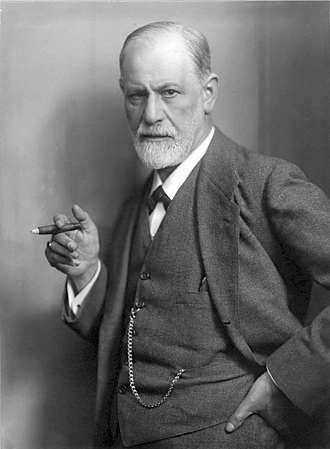
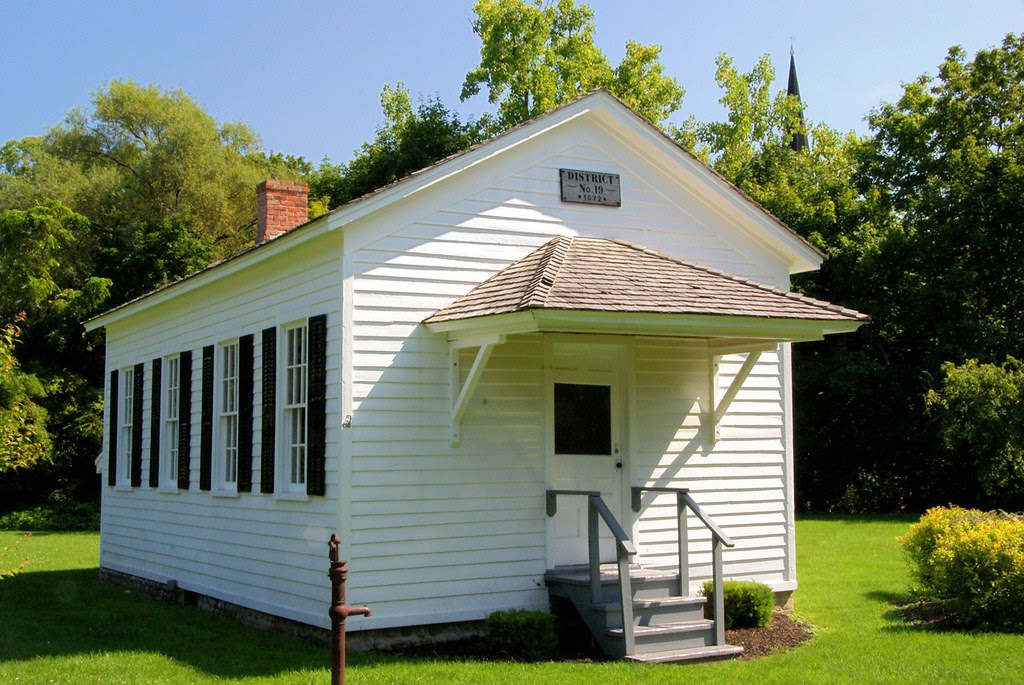




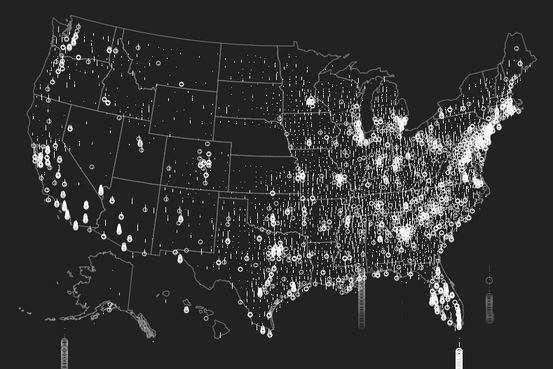
:max_bytes(150000):strip_icc():format(webp)/covid-by-the-numbers-5083007-logo-0bcabe3ee28047778bc17bc67795bc95.png)
